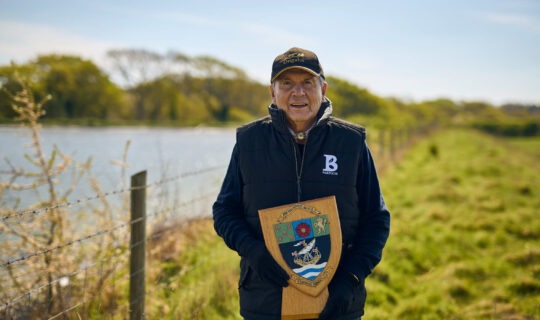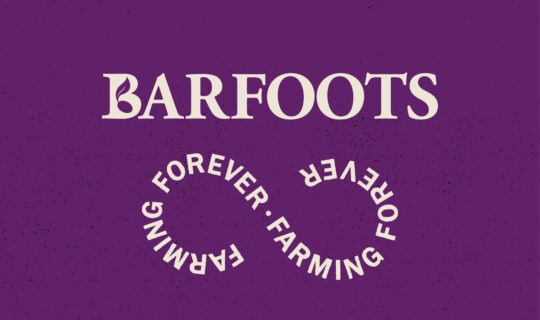Habitat regeneration in Peru
Our habitat regeneration project in Peru is part of our commitment to nurturing the land we farm and the local communities of which we are a part.
Conserving agriculture in a Peruvian desert
The Atacama Desert stretches for 3,000km along the Pacific seaboard of Peru and Chile. Thanks to year-round sunshine, abundant groundwater, sea-cooled air and few pests, this area is known as the largest greenhouse in the world. The crops grown here, including avocadoes, blueberries and grapes, are consumed every day across the world. But this natural resource is under threat.
The desert crops rely on the existence of a finely balanced ecosystem, at the heart of which is native vegetation. These plants are essential to the health of the land; without them, the land is highly vulnerable to the flooding that regularly recharges the area. A combination of population migration and intensive farming has caused the number of these plants to decline markedly, affecting the vital agro-biodiversity that they provide.
The restoration and conservation of these plants and the wider ecosystem they are part of is the principal goal of this project. Barfoots, along with a number of partners, including the world-famous Kew Gardens, are investing in agricultural regeneration and conservation in the Ica region. Our aim is to develop an ecosystem model that safeguards the land and serves the high-volume agriculture production that feeds the needs of local communities and global consumers.
Nurturing local land and communities
The bond between nature and local communities in the Ica region is deep. To regenerate the local ecosystem, the growth of both must be nurtured. The role of traditional huerta fruits is an example of this relationship. Huerta fruit trees are one of the plants under threat. The fruits have been a vital source of food for local communities for thousands of years and the trees from which they are borne play a vital role in sustaining soil fertility and providing the conditions for the world’s largest greenhouse.
Local communities have an important role to play in protecting and replenishing the numbers of these endangered trees. To achieve this goal of safeguarding both local agriculture and culture, we are employing a method of regeneration called “conservation through use”; we are providing education in local schools and communities about the fruits and trees, and the industry they provide.
Local fauna and flora also have an important role to play in regeneration and conservation, and are also part of our “conservation through use” plan. By carefully managing populations of native insects, bees, birds and animals, and working with traditional soil fertility methods, we are helping to breathe new life into the land and communities in the Ica region.
A centre for agricultural regeneration and conservation
A focal point for this work is the Native Plant Research and Conservation Centre in Peru, which has been founded as part of the project.
With the land’s ability to self-regenerate significantly diminished, it is necessary to reseed the land in order to replenish the number of native plants on a large scale. To achieve this goal, we are re-establishing vital water corridors in Peru that not only act as crucial waterways but also as essential gene-flow highways, which help to propagate native plants. Research into plantation and irrigation techniques is part and parcel of this work. The new Centre is the hub for all this activity.
Planting seeds in Peru and further afield
The project was launched in 2014 and we are delighted with the progress that has been made. Naturally, for this project to be truly successful, our work has to be replicable – our methods have to be transplantable and adaptable – and to help achieve this goal, knowledge-sharing is critical. Seeds are sown not only in the ground but also in minds.
This is why we are producing a series of research publications, we have compiled a guide to plants native to the coastal areas of Peru and Chile (that is being used in the local curriculum), a Huarango festival has been established to celebrate the role of native plants in local culture, and a local project website is maintained that is making the knowledge we are amassing freely available.
This is our commitment to nurturing the land we farm and the communities we are part of in action.




